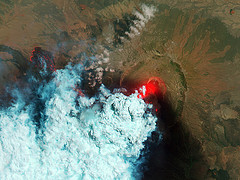For the August 20 How On Earth show we offer two features:
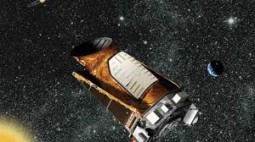
Kepler Spacecraft’s Uncertain Future: (start time 5:48) Are we alone in the cosmos? Are there other planets out there, and could some of them support life? Or, is Earth somehow unique in its ability to support life? The Kepler mission was designed to start addressing that question by searching for planets around other stars. Since its launch in March 2009, the Kepler spacecraft has discovered many diverse candidate planets around other stars, but recently the spacecraft has run into some technical problems. Dr. Steve Howell from NASA’s Ames Research Center talks with co-host Joel Parker about Kepler’s past, present and future.

Cancer’s Impact on Fertility: (start time 14:52) It’s tough enough to receive a cancer diagnosis. For many patients, an added insult is that chemotherapy treatments can render them infertile. However, there are many options for cancer patients who want to have children, or more children – both men and women. A key problem has been that many of them aren’t educated by oncologists about their fertility options and they jump right into drug treatments. Dr. Laxmi Kondapalli, an assistant professor of reproductive endocrinology and infertility at the University of Colorado Denver and head of the CU Cancer Center’s Oncofertility Program, talks with co-host Susan Moran about the medical science of take cancer therapies and the latest in fertility-preservation options.
Hosts: Susan Moran, Joel Parker
Producer: Susan Moran
Additional Contributions: Shelley Schlender
Engineer: Joel Parker
Executive Producer: Susan Moran
Listen to the show:
Podcast: Play in new window | Download (Duration: 23:26 — 21.5MB)
Subscribe: RSS

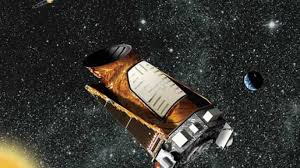



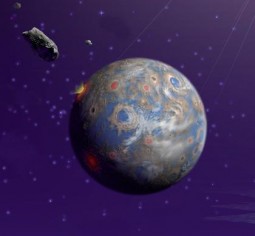
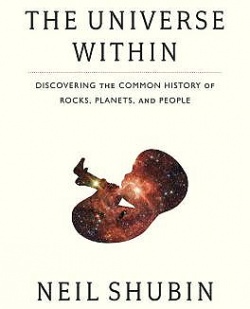
 The Universe Within (starts at 4:40) Within each and every one of us is the history of life on this planet, the planet itself and the entire universe. This is the theme of a new book “The Universe Within.” The author, Neil Shubin, is a professor of Paleontology and Evolutionary Biology at the University of Chicago. Starting with what physically constitutes a human being and what makes a human life possible, Shubin surveys many domains of science to find out what we can learn about what’s out there from what’s inside of us. It’s a fantastically broad scope, bringing together the common history of Rocks, Planets and People. As professor Shubin explains to How On Earth’s Chip Grandits, it is the very concept of this common history that binds all of these topics, which are normally found scattered throughout disparate domains of science and academia.
The Universe Within (starts at 4:40) Within each and every one of us is the history of life on this planet, the planet itself and the entire universe. This is the theme of a new book “The Universe Within.” The author, Neil Shubin, is a professor of Paleontology and Evolutionary Biology at the University of Chicago. Starting with what physically constitutes a human being and what makes a human life possible, Shubin surveys many domains of science to find out what we can learn about what’s out there from what’s inside of us. It’s a fantastically broad scope, bringing together the common history of Rocks, Planets and People. As professor Shubin explains to How On Earth’s Chip Grandits, it is the very concept of this common history that binds all of these topics, which are normally found scattered throughout disparate domains of science and academia.
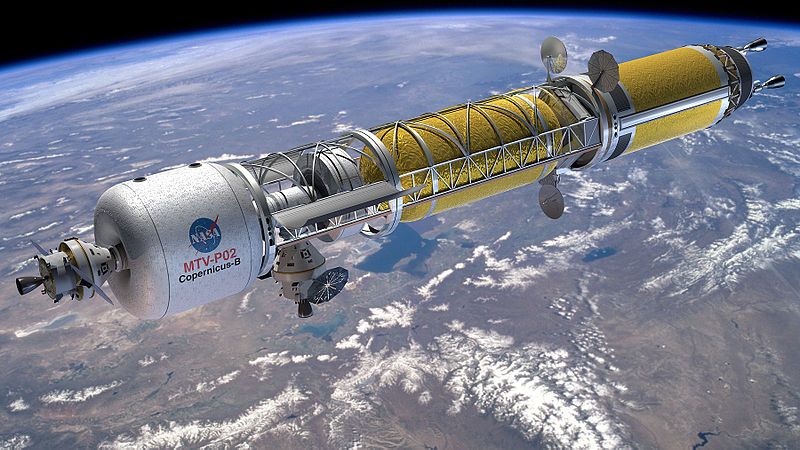
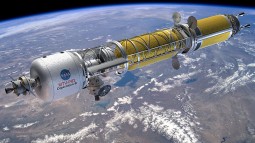
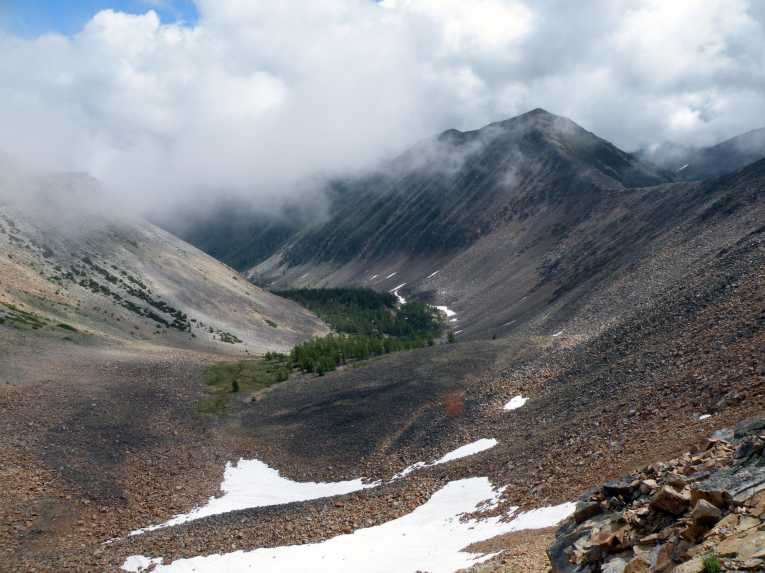


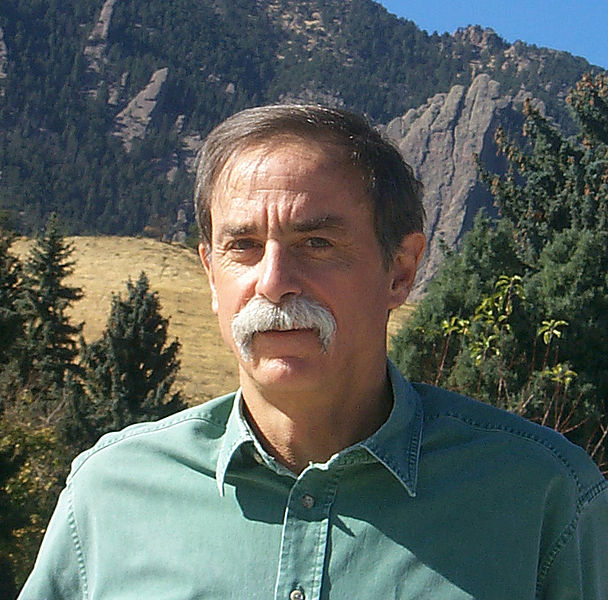

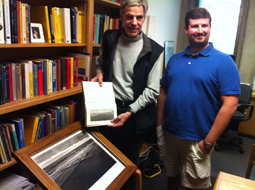



 Bell Labs thrived from the 1920s to the 1980s, when it was most innovative and productive institution of the twentieth century. Long before America’s brightest scientific minds began migrating west to Silicon Valley, they flocked to the Bell Labs campus in the New Jersey suburbs. At its peak, Bell Labs employed nearly fifteen thousand people, twelve hundred had PhDs. Thirteen eventually won Nobel prizes. How did they do it? How can we learn from their successes, so we can do it here in Colorado? New Your Times journalist
Bell Labs thrived from the 1920s to the 1980s, when it was most innovative and productive institution of the twentieth century. Long before America’s brightest scientific minds began migrating west to Silicon Valley, they flocked to the Bell Labs campus in the New Jersey suburbs. At its peak, Bell Labs employed nearly fifteen thousand people, twelve hundred had PhDs. Thirteen eventually won Nobel prizes. How did they do it? How can we learn from their successes, so we can do it here in Colorado? New Your Times journalist 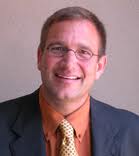

 Planetary science budget (start time: 15:49). Despite the successes of the Mars missions and voyages to our other planetary neighbors, the White House decided that NASA’s planetary science budget should be drawn down. The hit would be substantial, a twenty percent reduction from 2012. 300 million dollars would be removed from a baseline one and a half billion dollars. We ask Dr. Alan Stern, who has served as the chief of the Science Mission Directorate at NASA, about why the planetary science budget should be restored.
Planetary science budget (start time: 15:49). Despite the successes of the Mars missions and voyages to our other planetary neighbors, the White House decided that NASA’s planetary science budget should be drawn down. The hit would be substantial, a twenty percent reduction from 2012. 300 million dollars would be removed from a baseline one and a half billion dollars. We ask Dr. Alan Stern, who has served as the chief of the Science Mission Directorate at NASA, about why the planetary science budget should be restored.